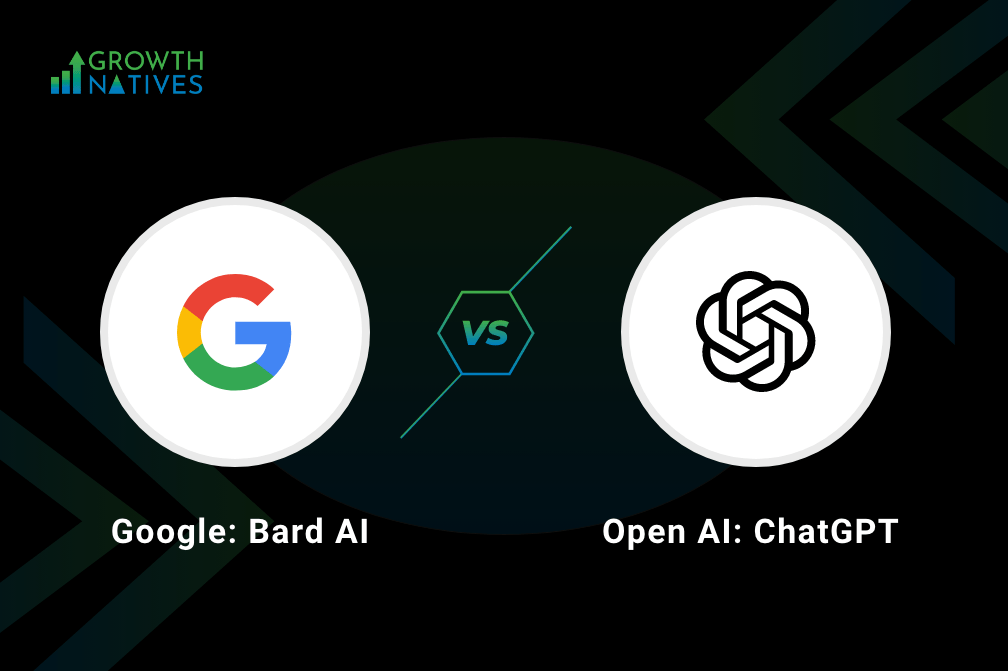8 Proven Ways to Build and Earn Customer Loyalty

Table of Contents
"You don't earn loyalty in a day. You earn loyalty day-by-day." - Jeffrey Gitomer.
Remember the last time you were in love with a brand? How many people did you refer it to? What made you stick around? And would you agree that your loyalty indeed was not built in a day?
That is the thing with customer loyalty: it cannot be earned overnight. Customers become loyal to a brand that helps them fulfill their goals. According to a report, 56% of customers stay loyal to brands that "get them." A great customer loyalty program is built on trust, personalization, and emotional connection. And it is essential to reduce churn, generate notable revenue, and improve returns on your marketing budget.
Let this sink in:
- Acquiring a new customer can cost up to five times more than retaining an old one.
- Only a 5% increase in customer retention can increase profits by 25%-95%.
- 65% of a company's business comes from existing customers.
- An organization's 80% of future profit comes from 20% of its loyal customers.
That is how impactful customer loyalty is!
Customers today have more options than ever, and if they get a better offer from your competitor, they take it. That is why a customer loyalty program cannot be an afterthought. But creating a loyalty program that keeps customers coming back for more is easier said than done, especially in such a highly competitive landscape. In this guide, we will discuss the common pitfalls of customer loyalty programs and how to create an effective one.
Why Do Customer Loyalty Programs Fail?
Several reasons lead to the failure of loyalty programs. When a customer does not see any valuable benefits, the chances of failure increase. This is one; some other reasons may include:
1. Unstructured Programs
In an attempt to spruce up their loyalty programs, brands create unclear terms and conditions or program structure that doesn't align with their business. It discourages customers from joining the program instead of motivating them to purchase.
2. Unattractive Rewards
Your loyalty program will likely fail if customers do not see any tangible benefits. This can happen if there are not enough incentive percentages or unreliable deliverables and objectives.
3. Lack of Awareness
If your customers don't know about your loyalty program, there is no way they can join it. Promoting the program through various campaigns is a must if you want your program to succeed.
4. Erratic Communication
If you do not communicate regularly with customers, your program may not yield the desired result. Brands need to frequently communicate with users and keep reminding them of rewards and benefits for maximum participation.
5. Lack of Emotional Connection
Lastly, a loyalty program is not just about incentives and rewards. It is also about building an emotional connection with your customers. Brands that fail to do so usually have a poor loyalty program that is only based on incentives. Once the incentives are over, the customer hops on to other brands.
What Are the Traits of a Successful Customer Loyalty Program?
A successful customer loyalty program has several traits that cut across brands and industries, including:
- A seamless transactional experience across all touchpoints.
- Personalized rewards based on data of each customer.
- Value through third-party contracts and affiliate partnerships.
- Tactics that bridge the gap between brand and customer closer throughout different touchpoints.
8 Points for Creating a Rock-Solid Loyalty Program
Follow the points below to create a robust loyalty program that treats customers like royalty and keeps you ahead of your competition.
1. Create a Multi-Channel Customer Service
Building customer loyalty demands that your brand aligns with your client's needs. With multi-channel customer service, you can serve your customers whenever they need help. It increases customer interactions, which in return, provides an opportunity to influence their experience.
Having multiple channels also means you can offer an omnichannel customer experience that is consistent across devices, platforms, and channels. It makes your brand more accessible to customers and provides frictionless customer service.
2. Deliver World-Class Customer Service
Delighting customers by going above and beyond their expectations is what keeps them coming back for more. Almost three out of five customers say that good customer service is critical for feeling loyalty toward a brand (Zendesk). And according to HubSpot, 93% of consumers are likely to make a repeat purchase from brands that offer excellent customer service.
Customers turn to a brand when they have a problem. If a brand can provide exceptional customer service, they don't necessarily have to rely on giving free products, incentives, and discounts to keep their customers happy. You can provide exceptional customer service through websites, chatbots, or by proactively responding to questions on social media platforms. Although, free goodies with world-class support are the best combination that no customer can resist.
3. Pay Attention to Customers, Not Competition
"Our competitor is doing this, so should we."
You might have come across this phrase during meetings and other team huddles. But this is not the best strategy to follow.
When creating customer loyalty, replicating what the competition is doing will hardly help you win over customers. Chances are, your competitors are clueless and are copying from others. So, instead of focusing on what your competition is doing, pay attention to what your customers are saying.
Also, your customers are different. They constantly provide you feedback through each interaction and purchase, whether it is through surveys sent through emails, in-app feedback, or updates on social media. Focus on those touchpoints and feedback to make decisions best suited to your clients, not by mimicking your competition.
4. Be Consistent
Ever wondered why brands such as McDonald's and Coke are so successful? It is because they are consistent. Their consistency allows customers to know what to expect every time they purchase the product.

Consistent products and services make it easy for customers to incorporate the brand into their daily lives. It builds trust because you know that the brand has a reliable product or service that has hardly disappointed you in the past.
5. Build Trust with Personalized Interactions
Loyal customers demand a positive experience every time they interact with your brand. They want to feel valued and heard. Personalization helps brands create targeted interactions that foster trust and make them feel appreciated.
As many as 80% of customers are more likely to purchase from companies that offer personalized experiences. Every customer has a unique need, and if you can provide them the solution by anticipating their demands and offering customized recommendations, you can successfully gain their trust. While you are at it, don't forget to be consistent. After all, consistency is more important than perfection.
6. Deliver Added Value
Unless you have a patented product, it is difficult to fend off competition. Your competitors are also vying for your users' attention. Everyone wants to prove that their products solve users' pain points. How do you gain a competitive advantage and go above and beyond their expectations in such a situation?
According to Statista Research, 61% of millennial consumers do not mind paying more for a good customer experience. To create a great experience and build a relationship with your user, deliver value even after the purchase stage. This will show that you are invested in your clients and are not only eyeing their wallet.
One of the most effective ways of adding value is by hosting events or contests related to your target audience. For example, the sports drink brand Gatorade has built a large fan following by sponsoring sporting events worldwide.
Additionally, you can also create a customer community, which can be as simple as a knowledge
base or forums.
7. Be Social, Share Positive Experiences
If your customers love your product and service, why not let the world know about it? Gather user feedback and share all positive experiences using social media and email. You can also ask your customers to leave their reviews on sites such as G2 and Capterra.
Online reviews can significantly influence buying behavior, with studies claiming that 54.7% of prospects read at least four reviews before purchasing a product. It is, therefore, critical to leverage all the touchpoints of your customer journey to share reviews and positive customer testimonials because users trust other users more than any business. Always ask for feedback or participate in review sites to constantly track the voice of your customers and share it whenever possible.
8. Create a Reward Program for Loyal Customers
Loyal customers are vital to your business' growth. They are your product evangelist, influencing people to buy your product. They are emotionally connected to your brand and have a higher lifetime value than other customers. Over a while, loyal customers are likely to be worth 10x more than when they first purchased. Since loyal customers usually spend more than the regular ones, rewarding them can be a great idea to increase their share of the wallet.
A reward program presents an opportunity for customers to spend more in return for some exclusive benefits.
Think about it. Customers who are loyal to your brand already enjoy buying from you. So, why not give them one more reason to do so?
Summing Up
Regardless of the product you offer, having brand advocates is important. They are an invisible extension of your sales and marketing teams, driving referrals and word of mouth—a strategy that no amount of dollars can buy.
When building a customer loyalty program, keep it straightforward. These programs don't need to be elaborate or high-tech. The goal is about keeping your customers engaged, happy, and satisfied so that they spread that word of mouth. Take a cue from Starbucks Rewards or Amazon and create your program keeping all the above points in mind. And if you would like to get started, then contact us today at info@growthnatives.com. Our experts can help you design automated and personalized loyalty programs that engage and delight customers.
Author Box
Sakshi Arora
Sakshi Arora is a seasoned content writer and editor with extensive experience across various industries including B2C, B2B, travel, e-commerce, and IT. In her free time, she enjoys expressing her creative side through painting and writing poetry. She also finds solace in nature and has a deep spiritual connection. Music brings her immense joy.




